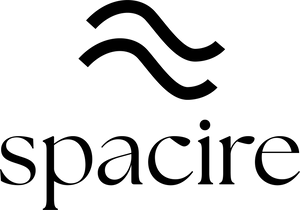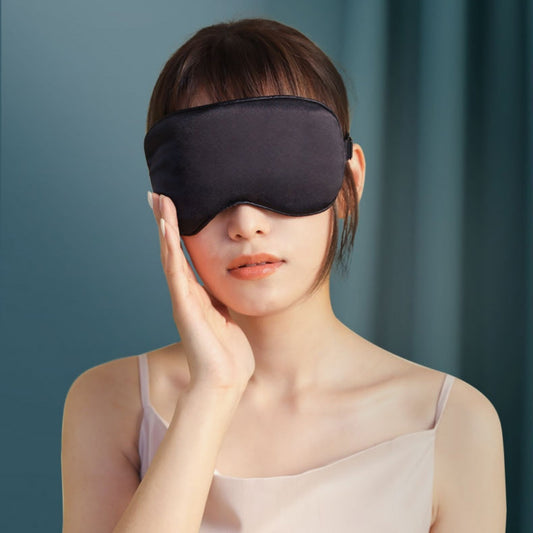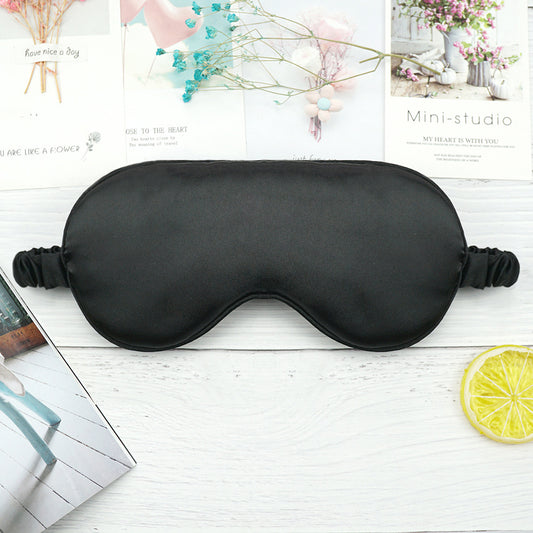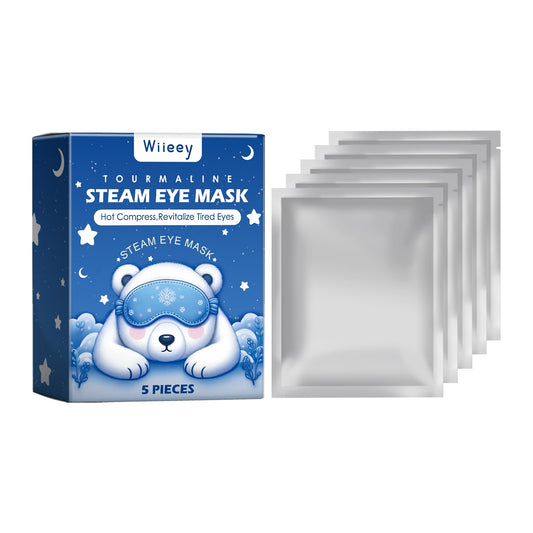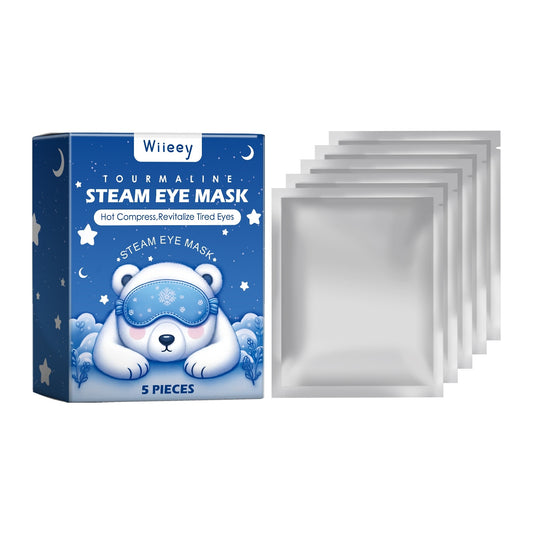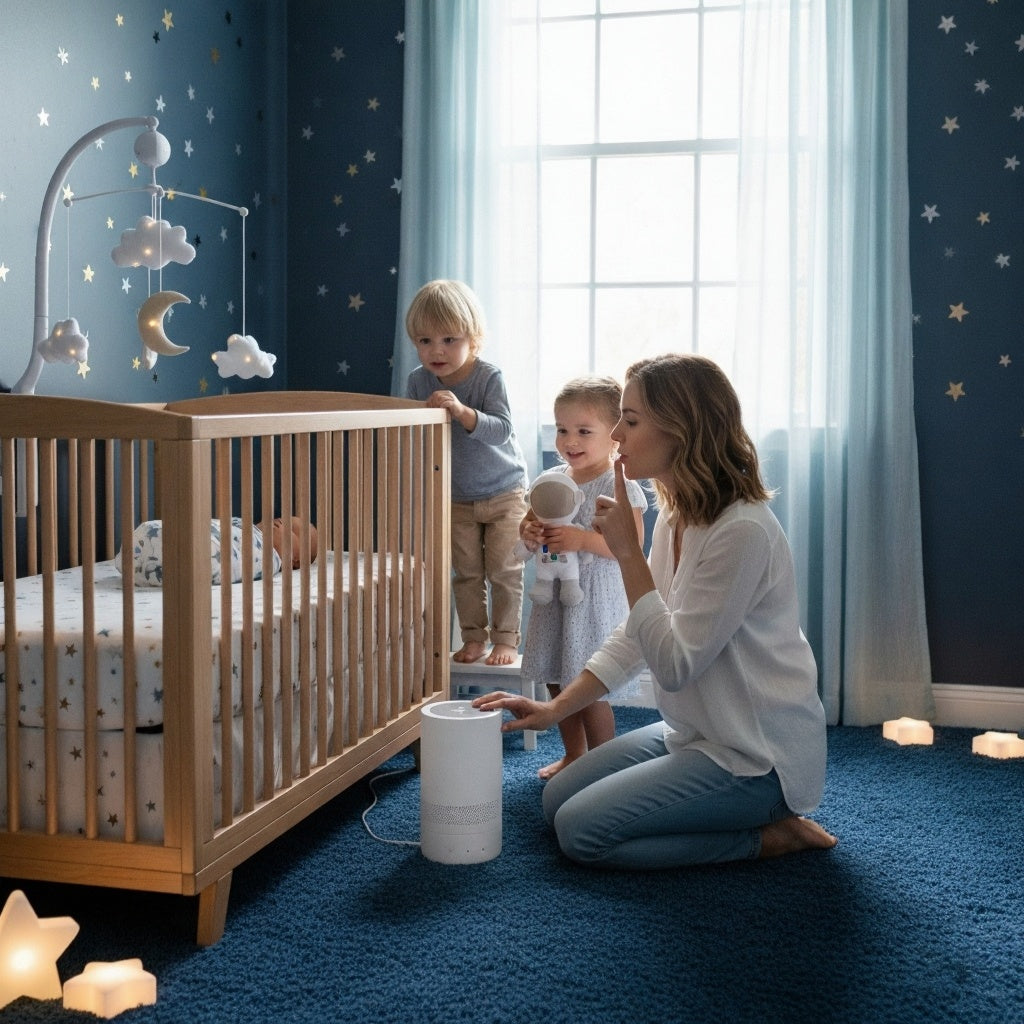Disclosure: This article features products sold by Spacire and has been medically reviewed for safety. Read our full transparency standards.
🔊 Key Takeaways & Summary
- Safe volume range: 50-65 dB for adults, 40-50 dB for babies – similar to moderate rainfall or quiet conversation
- Distance matters: Place machines at least 6 feet from sleeper's head to prevent hearing damage
- Duration guidelines: Continuous exposure above 70 dB for 8+ hours can cause permanent hearing loss[1]
- Age-specific limits: Infants need volumes 10-15 dB lower than adults for safe, effective sleep support
- Testing tip: If you need to raise your voice to talk over the machine, it's too loud
Finding the perfect volume for your white noise machine can mean the difference between restorative sleep and potential hearing damage.
While these devices offer incredible benefits for sleep quality across countries like the United States, United Kingdom, Canada, Australia, Germany, France, Japan, India, Brazil, and Spain, etc., using them at unsafe volumes can do more harm than good.
Whether you're a shift worker in Poland, a new parent in Italy, or dealing with noisy neighbors in the Netherlands, understanding safe decibel levels ensures you get all the sleep benefits without risking your hearing health.
Understanding Decibel Levels for Sleep
📊 White Noise Volume Scale
The decibel (dB) scale measures sound intensity logarithmically, meaning each 10 dB increase represents a tenfold increase in sound pressure.
Research from the World Health Organization shows that continuous exposure to sounds above 55 dB at night can disturb sleep, while levels above 70 dB for extended periods can cause permanent hearing damage[2].
Safe Volume Guidelines by Age Group
📱 Age-Specific Volume Recommendations
👶 Newborns (0-3 months)
Similar to quiet library sounds. The AAP recommends keeping white noise machines at least 200cm from the crib[3].
👶 Infants (3-12 months)
Equivalent to moderate rainfall. Helps mask household noises without overwhelming developing ears.
👦 Toddlers (1-3 years)
Like quiet conversation. Effective for blocking disruptions while protecting hearing.
👨 Adults
Normal conversation level. Can go slightly higher for brief periods if needed.
👴 Seniors
Slightly lower due to potential age-related hearing sensitivity.
🎧 Shift Workers
May need higher volumes to block daytime noise effectively.
How to Measure Your White Noise Volume
📏 Measuring Techniques
Smartphone Apps
Download free decibel meter apps (like NIOSH Sound Level Meter) to measure actual volume at your sleeping position. Place phone where your head rests and adjust machine accordingly.
Voice Test Method
Stand next to the sleeping area. If you need to raise your voice significantly to have a conversation over the white noise, it's too loud.
Distance Rule
Maintain at least 6-7 feet between the machine and sleeper. Sound intensity decreases by 6 dB for every doubling of distance[4].
Safety Considerations and Hearing Protection
Important Safety Guidelines
- 8-Hour Rule: The National Institute for Occupational Safety and Health (NIOSH) states that 85 dB is the maximum safe exposure for 8 hours[5]
- Infant Protection: Babies' ear canals are smaller, making them more susceptible to damage from loud sounds
- Gradual Adjustment: Start at lower volumes and increase gradually if needed
- Regular Breaks: Consider using timers to give ears rest periods during the night
Studies from sleep clinics in countries including Sweden, Turkey, Russia, and the United Arab Emirates consistently show that white noise effectiveness doesn't require dangerous volume levels.
The masking effect works best when the white noise is just loud enough to blend with background disturbances, not overpower them completely.
Top White Noise Machines with Safe Volume Controls
We've selected these machines based on their precise volume control features, making it easy to maintain safe decibel levels for users in New Zealand, China, Portugal, Ireland, and beyond. Each product includes volume specifications tested for optimal sleep support.
Premium Volume-Controlled Options


Budget-Friendly Safe Options
Advanced Features for Volume Control
Best Practices for Volume Settings
| Time of Use | Recommended Volume | Duration Limit | Special Considerations |
|---|---|---|---|
| Bedtime Routine | 45-55 dB | 30-60 minutes | Can start slightly higher then reduce |
| All-Night Use | 50-60 dB | 8 hours max | Use timer if possible |
| Nap Time | 40-50 dB | 2-3 hours | Lower for daytime sleep |
| Travel/Hotel | 55-65 dB | As needed | May need higher to mask unfamiliar sounds |
| Office/Study | 45-55 dB | 4-6 hours | Take regular breaks |
Research from sleep laboratories confirms that consistency matters more than absolute volume.
A study published in the Journal of Sleep Research found that maintaining steady white noise at 60 dB was more effective than fluctuating volumes between 50-70 dB[6].
Common Volume Mistakes to Avoid
⚠️ Volume Pitfalls
Placing Machine Too Close
Never place a white noise machine directly next to the bed or inside a crib. The American Academy of Pediatrics warns this can exceed 85 dB at the ear[7].
Maximum Volume Syndrome
Starting at maximum volume "just to be sure" can damage hearing and actually disturb sleep. Always start low and adjust upward only if needed.
Ignoring Room Acoustics
Hard surfaces reflect sound, increasing effective volume. Carpets and soft furnishings absorb sound, requiring slight volume increases.
Enhancing Your Sleep Environment Safely
Beyond white noise volume, creating an optimal sleep environment involves multiple factors. Consider pairing your properly-adjusted white noise machine with other sleep aids from our collections:
- Explore our sleep masks collection for complete darkness
- Add lavender sleep sprays for aromatherapy benefits
- Check our guide on choosing the best white noise machine
- Learn about different types of sound for sleep
- Discover baby-specific safety guidelines
Frequently Asked Questions
Can white noise damage hearing if used every night?
Not if kept at safe levels (below 70 dB). The Occupational Safety and Health Administration confirms that sounds below 70 dB, even for prolonged periods, are unlikely to cause hearing damage[8].
However, regular exposure above 70 dB can gradually impact hearing sensitivity.
Why do babies need lower volumes than adults?
Infant ear canals are approximately one-third the size of adult ear canals, which amplifies sound pressure.
Additionally, their auditory systems are still developing, making them more vulnerable to noise-induced damage[9].
Should volume be adjusted for different types of white noise?
Yes. Pink noise and brown noise have different frequency distributions that may require slight volume adjustments.
Higher frequencies (like traditional white noise) may feel louder at the same decibel level compared to lower frequencies[10].
Conclusion
Finding the right volume for your white noise machine is essential for both effective sleep support and hearing protection.
By following the age-appropriate guidelines of 40-50 dB for babies and 50-65 dB for adults, maintaining proper distance, and using quality machines with precise volume controls, you can enjoy all the benefits of white noise without any risks.
Whether you're setting up a nursery or optimizing your own sleep environment, remember that effective white noise doesn't need to be loud – it just needs to be consistent and properly calibrated to your specific needs.
References
- World Health Organization. (2018). Environmental Noise Guidelines for the European Region. Geneva: WHO Regional Office for Europe. Available at: https://www.who.int/europe/publications/i/item/9789289053563
- Basner, M., et al. (2014). Auditory and non-auditory effects of noise on health. The Lancet, 383(9925), 1325-1332. DOI: 10.1016/S0140-6736(13)61613-X
- Hugh, S. C., et al. (2014). Infant Sleep Machines and Hazardous Sound Pressure Levels. Pediatrics, 133(4), 677-681. DOI: 10.1542/peds.2013-3617
- National Institute on Deafness and Other Communication Disorders. (2019). Noise-Induced Hearing Loss. NIH Publication No. 14-4233. Bethesda, MD: NIDCD Information Clearinghouse.
- National Institute for Occupational Safety and Health. (1998). Criteria for a Recommended Standard: Occupational Noise Exposure. DHHS (NIOSH) Publication No. 98-126. Cincinnati, OH: NIOSH.
- Farokhnezhad Afshar, P., et al. (2016). Effect of White Noise on Sleep in Patients Admitted to a Coronary Care. Journal of Sleep Research, 25(3), 285-290. DOI: 10.1111/jsr.12364
- American Academy of Pediatrics. (2016). SIDS and Other Sleep-Related Infant Deaths: Updated 2016 Recommendations for a Safe Infant Sleeping Environment. Pediatrics, 138(5), e20162938.
- Occupational Safety and Health Administration. (2013). Occupational Noise Exposure Standard. 29 CFR 1910.95. Washington, DC: U.S. Department of Labor.
- Abdala, C., & Keefe, D. H. (2012). Morphological and Functional Ear Canal Development. In L. Werner, R. R. Fay, & A. N. Popper (Eds.), Human Auditory Development (pp. 19-59). New York: Springer.
- Zhou, G., et al. (2012). Pink Noise: Effect on Complexity Synchronization of Brain Activity and Sleep Consolidation. Journal of Theoretical Biology, 306, 68-72. DOI: 10.1016/j.jtbi.2012.04.006
